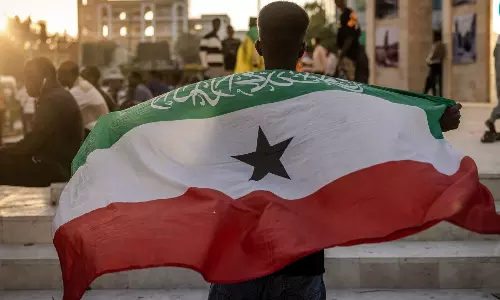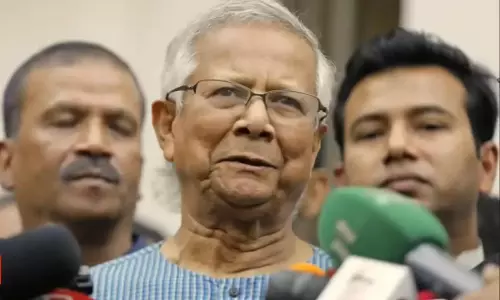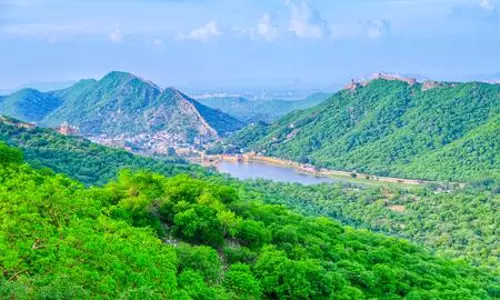
Indian women see significant rise in jobs and pay over last 6 years
text_fieldsRepresentational image
New Delhi: Women’s participation in economic activities across India has witnessed a substantial rise over the past six years, with declining unemployment rates and a steady increase in the number of educated women joining the workforce. According to data released by the Ministry of Statistics on Monday, women have also seen a consistent increase in earnings across employment categories.
The Periodic Labour Force Survey (PLFS), conducted by the Ministry, reveals significant improvements in the Indian labour market between 2017-18 and 2023-24. The Worker Population Ratio (WPR), which measures the percentage of employed persons in the total population, rose from 46.8% to 58.2% during this period, while the Labour Force Participation Rate (LFPR) increased from 49.8% to 60.1%. Additionally, the unemployment rate dropped sharply from 6% to 2%, indicating better job availability and economic stability.
The Ministry’s analysis highlights a notable rise in female labour force participation, especially in rural areas, where the Female Labour Force Participation Rate (FLFPR) surged by 23 percentage points, from 24.6% in 2017-18 to 47.6% in 2023-24. This marks a significant increase in women’s contributions to rural economic production.
The data also underscores major strides in women’s workforce engagement across education levels. The WPR for women doubled from 22% in 2017-18 to 40.3% in 2023-24, while the LFPR for women rose from 23.3% to 41.7%. At the same time, the unemployment rate for women declined from 5.6% to 3.2%.
Educated women have also seen an upward trend in workforce participation. In 2023-24, 39.6% of women with postgraduate or higher qualifications were employed, compared to 34.5% in 2017-18. Similarly, the participation of women with higher secondary education rose from 11.4% to 23.9%, and those with primary education increased from 24.9% to 50.2% over the six-year period.
The findings highlight the growing economic role of women in India, driven by a combination of policy interventions and evolving societal dynamics.
With IANS inputs






















